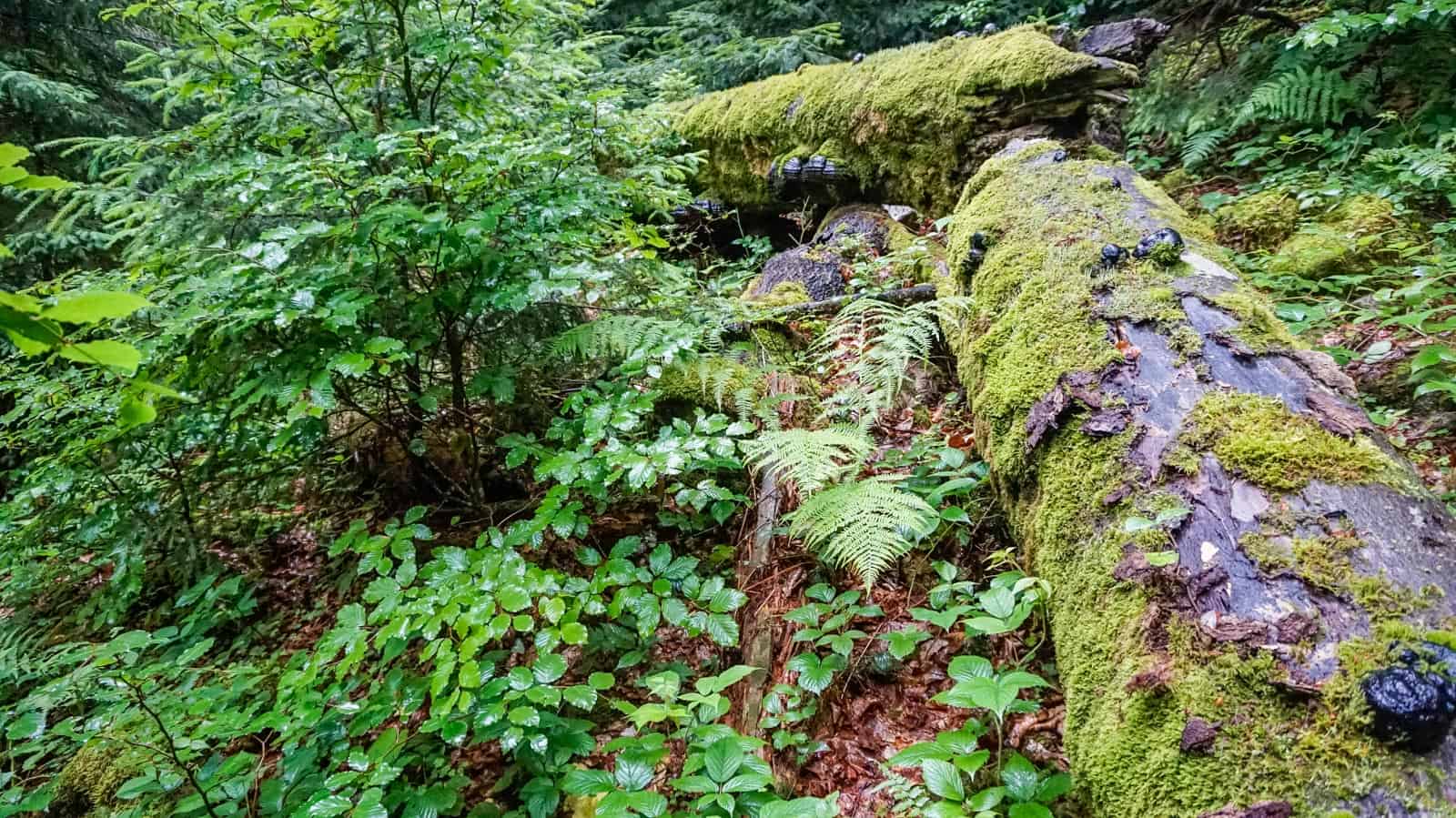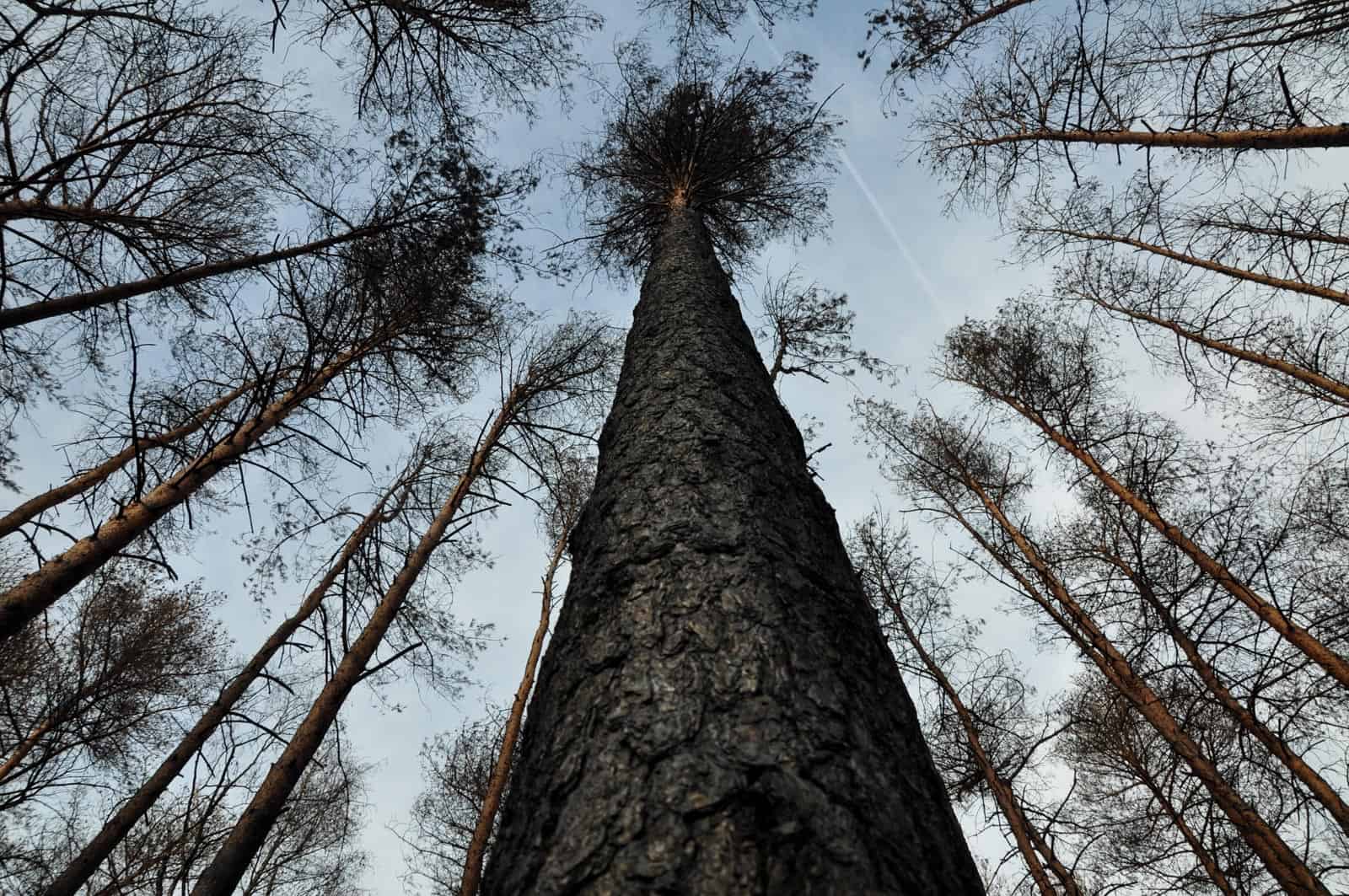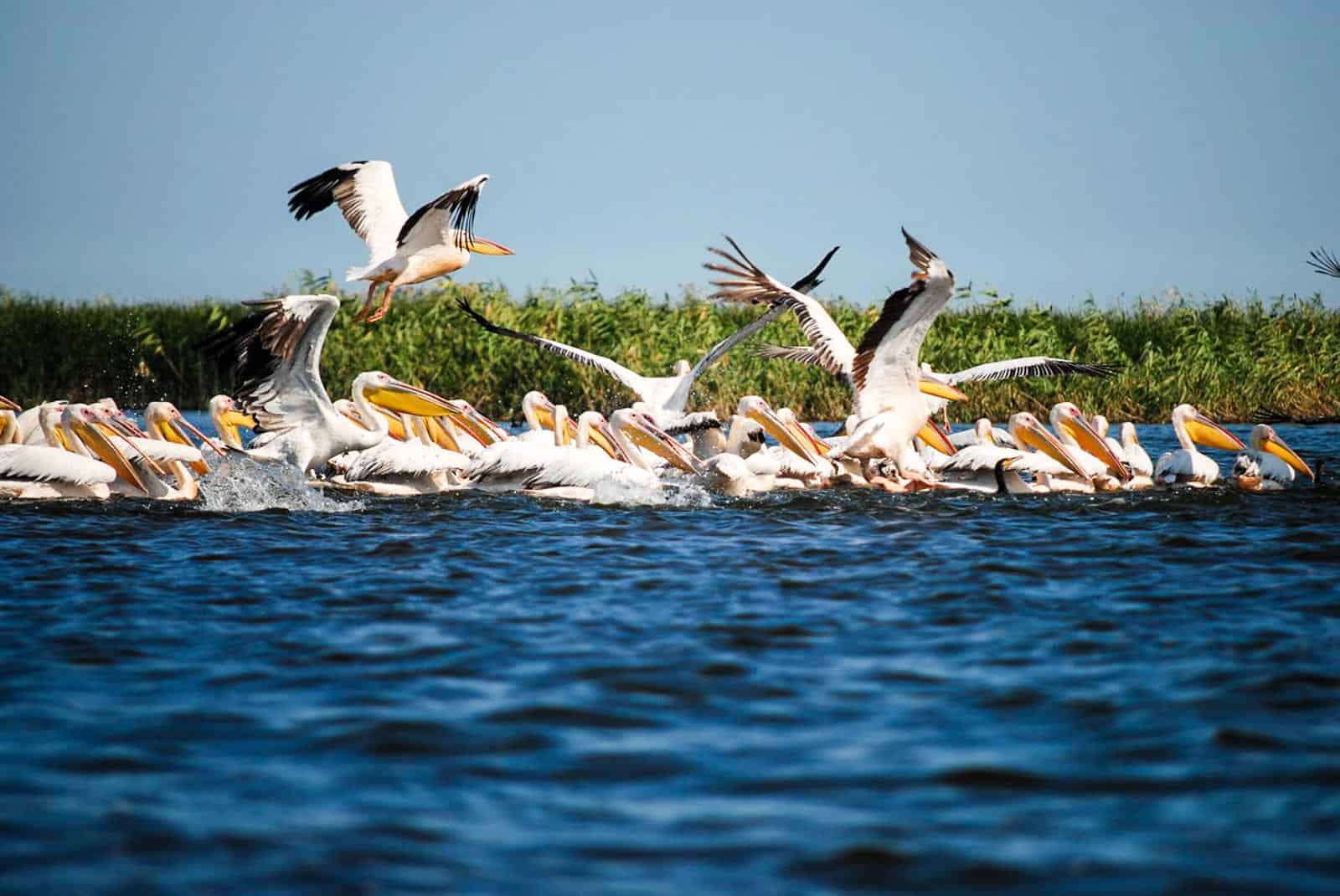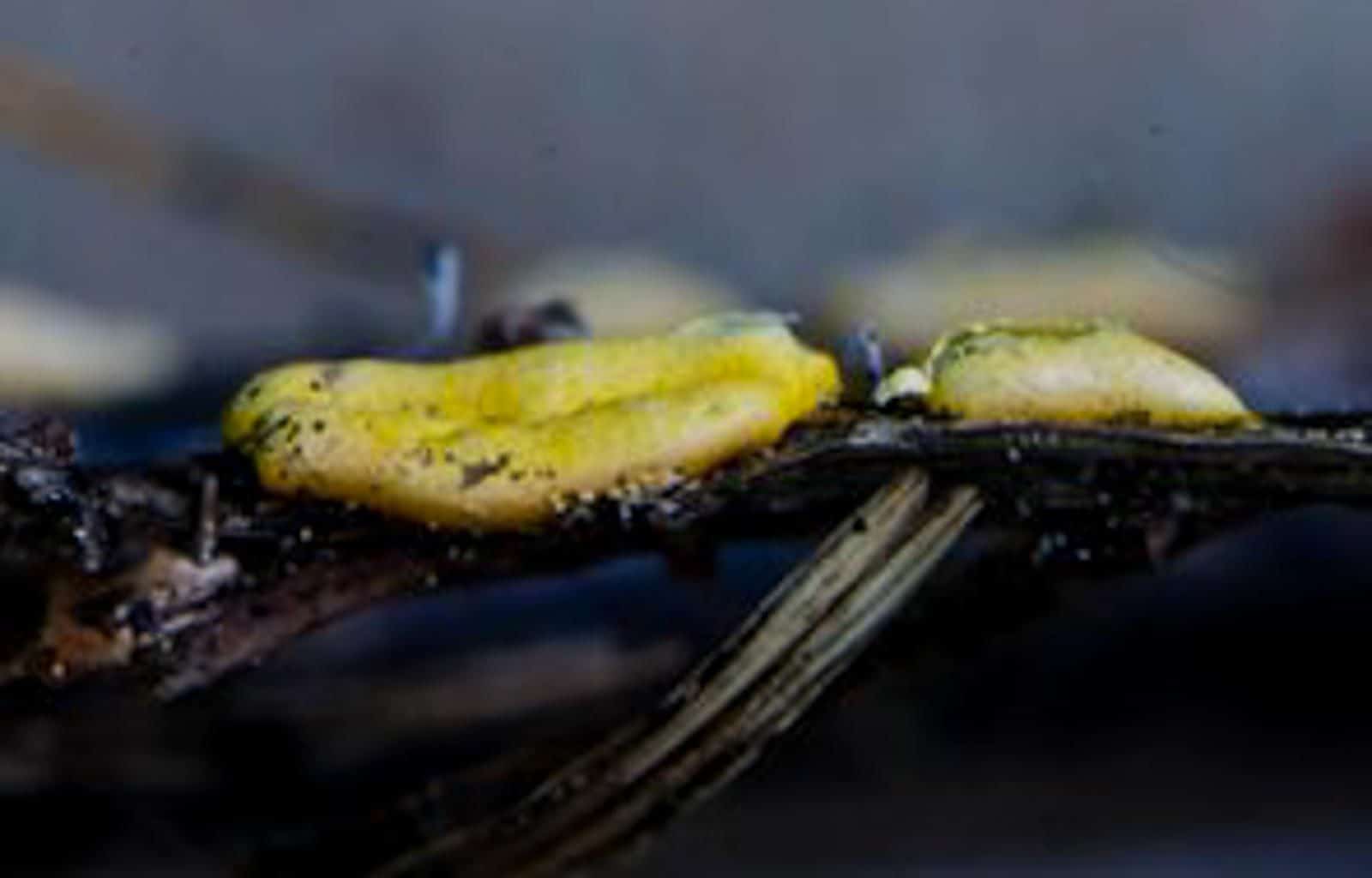Wilderness versus Biodiversity
Environmental philosopher Freya Mathews of Australia’s Latrobe University challenges biodiversity: not its scientific meaning, but the way it’s used in policy settings. There the word is not just scientific but political it drastically limits what conservationists may aspire to achieve, says Mathews.
Wilderness versus biodiversity is also a subject the European Wilderness Society has been exposed to for several years, pretty much since the moment when we started to work for the benefit of Wilderness in Europe.
This subject always increases the level of adrenaline in the blood of myself and some of my previous colleagues and current friends working in many protected areas throughout Europe as well.
The comments and questions start to increase immediately when I start to speak on behalf of non-intervention management and Wilderness conservation in Europe. Their usual line of argument is:
… how do you want to protect rich biodiversity in the areas extensively used in previous decades by such traditional land uses like grazing. If we want to protect these areas with an extremely rich biodiversity, for example the mountain meadows, we have to be active and intervene. If grazing stops due to the changing economic situation we (protected area managers) have to be active and for example for the purpose to protect rich plant biodiversity we have to find a way how to maintain or just mimic this traditional use of the land. That is our cultural and natural heritage and we are obliged to do so. These areas are rich on biodiversity and that is more important than Wilderness or natural processes …”
I don’t always agree with these arguments and usually I just ask a short simple question, which many times closes down this kind of discussion: “How long are we going to be able to do this ,and who is going to pay for those management procedures to maintain a status quo that was created by mankind in the first place?”
Therefore I was so glad to read the article recently in the last issue of the Conservation Magazine, titled: Is biodiversity the enemy of nature?
This article is providing a very interesting perspective to the subject described above. First of all it highlights that the concept of biodiversity is normative as well as descriptive.
For Mathews, the problem with biological diversity, a concept first articulated in 1980 by conservation biologist Thomas Lovejoy and by the decade’s end synonymous with conservation, is an over-emphasis on type rather than instance. So long as there’s enough members of a given species to avoid extinction, or so long as representative examples of a given ecosystem exist, biodiversity’s policy requirements are met…or vice versa, if a species is threatened almost any means are acceptable to prevent its extinction even if this is at the cost of other species or habitats.
For everyone interested about this subject I really recommend to have a look at this article: From biodiversity-based conservation to an ethic of bio-proportionality.








